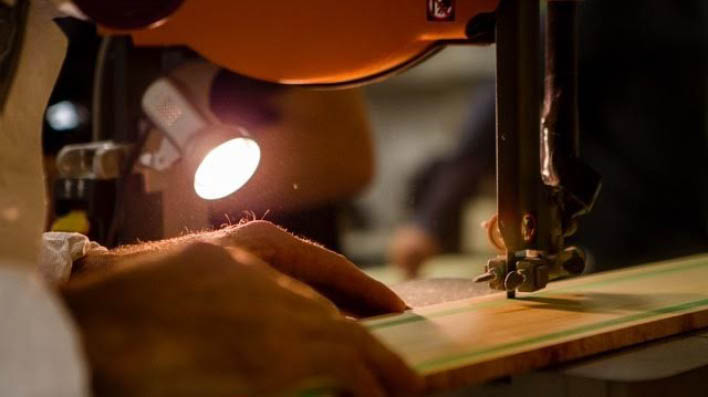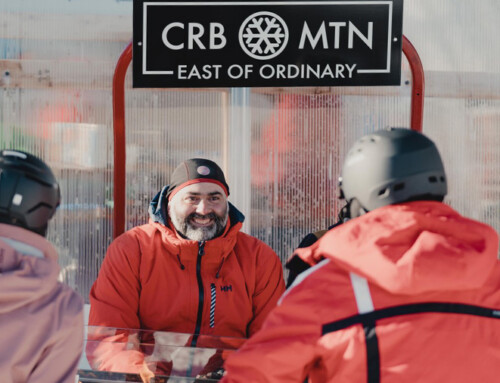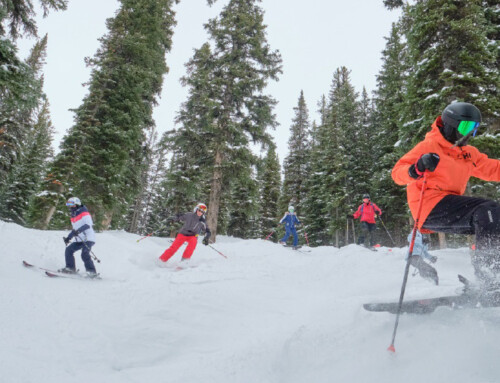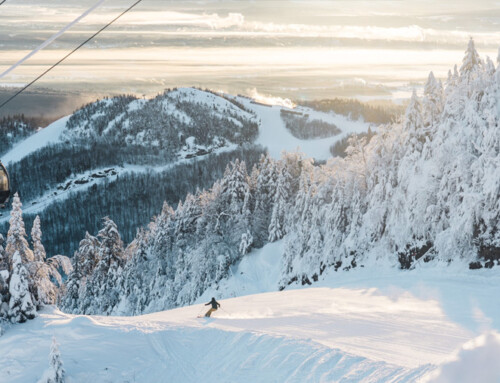More and more people are making their own boards, is it fad or the future?
By Feet Banks
These are the moments that have defined human history up to now: some dreamer has a wild idea, everybody calls them crazy, and they say, ‘Forget you guys, I’ll do it myself.’
And then they do. If the idea works out, that dreamer becomes a “Visionary” and all our lives are better for it.
It was only a matter of time until this happened with Skiing and Snowboarding and the last decade has seen a huge increase of boutique ski brands, DIY ski/board making tutorials, and even ticketed trade school programs designed to teach the craft.
For Pemberton BC resident Johnny “Foon” Chilton, that “I’ll-do-it-myself” moment came in the winter of 2008. “There was no lightbulb moment,” says Foon, a legend in Canadian ski mountaineering and professional big mountain ripper. “It was just born out of the frustration of being a respected pro and not being able to get anyone to build the ski I felt would be best for what I do and the kind of skiing we have here in the Coast Mountains.”
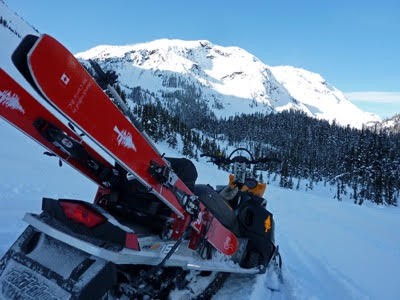
Foon, a career snowcat driver who had also trained as a cabinet maker, envisioned a light ski that was strong and stable. And he wanted to handcraft a ski with a wood core harvested from the very mountains he intended to ski.
“The intangibles,” Foon explains. “I’ve always believed passion is something you can put into a product. And using local wood, that intangible of skiing on wood that grew here and was a living fibre of the terrain we shred, I think that sort of thing totally counts.”
So, armed with his old cabinet making tools, Foon made his first skis at home in 2009. They skied ok, so he made another pair, and another. “By pair 6 there were people asking to buy them but it started as just wanting to make the ski I thought would be the ultimate for myself.”
By now Foon estimates he’s made 500 pairs, all hand-crafted. Although Johnny admits that for Foon Skis to be a real business, the economy of scale dictates he’ll need to commit to building and selling 200-400 pairs each year. He’s recently picked up an apprentice and a business partner to make that dream a reality. He’s also experimenting with different shapes and sizes. “I made a carving ski this year, I don’t know that I have ever skied on one before. They’re a lot of fun.”
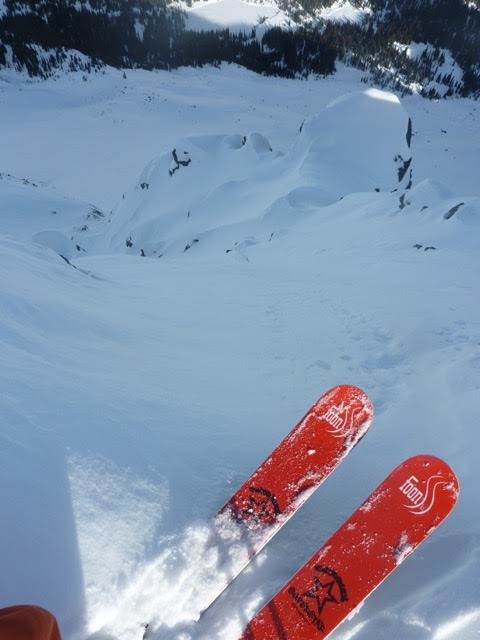
With more DIY ski designs hitting the slopes each year, and new Boutique manufacturers popping up. Foon hopes the industry will follow the surf model. “Where riders can feel the difference locally produced, hand shaped, custom boards make.”
These days anyone can capture that intangible joy of riding on something you made yourself: the Internet is full of DIY ski and snowboard building tutorials. “My only advice for anyone that wants to make their own skis is to be careful,” Foon says. “It might take over your life.”



